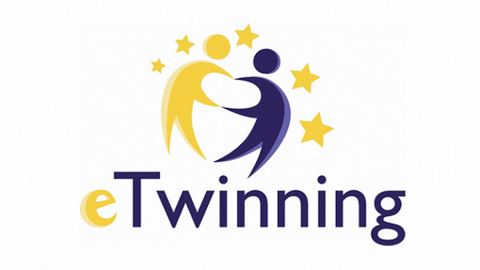Nabídka účasti na projektu – SHADES OF BLUE – EUROPEAN LAKES
SHADES OF BLUE –EUROPEAN LAKES
Rules :
Our focus point will be a lake (natural or artificial), with an accessible route for the participating teachers and students, taking into account the necessity to perform a succession of analysis and scientifical observation stages, between the 10th of January – 10th of March.
The lake’s name and the meaning of that name – as the case may be – if the name has a linguistical, geographical or etymological correspondent or it relates to a legend, myth, custom, tradition, etc.
General information:
Geographical information :
– It’s position (by coordinates – as applicable -) in relation to a town, village, known settlement or location, access route, economical or touristic objective, cultural site, others.
– Lake’s surface (length, perimeter, square footage, volume, altitude, depth)
– The nature of the lake (natural : glacial, subglacial, periglacial, fjord, endorheic, rift, oxbow, subterranean, vulcanic – crater, lava lake, caldeira, tectonic, alpine lakes, natural dam lakes OR artificial : hydroelectric, recreational, agricultural, fishing)
– Drainage system or catchment area, groundwater channels and aquifers, artificial sources from outside the catchment area
Biological and scientifical characteristics (resulting from the work in the field and the school science lab of participating students) :
– Fresh water lake, saline or salt water lake, river or sea connected – if need be –
– Water quality, richness in nutrients, sediments or bottom deposits, oxygen in the water, Ph level
– Water temperature (surface level, depth levels – thermoclines, variation in temperature relative to depth, 5 m deep or more), in each of the 3 months of the duration of the research (January, February, March) – small graphic representation if possible.
– Related ecosystems (the three zones: littoral, photic or open-water zone and the deep-water profundal or benthic zone) and turbidity (if possible)
– Flora and fauna of the lake and it’s surroundings (observations, characteristics)
– Lake’s influence on the surrounding climate (high or low specific heat capacity)
Social and cultural aspects :
– What makes the lake special, what justifies your choice – for example : resting stop for migratory birds (rare species – if applicable), no variation by seasons in depth, high saline concentration, doubling it’s surface due to external factors and so on, basically any special, unique trait of the lake (or the surrounding are)
– Lake’s notoriety (if the case may be) : the lake as a movie setting, as a book or other literary work setting, the lake in media and the arts
– A legend or myth related to the lake, a historical event, an unique naturally occurring phenomenon, characteristic for the lake or it’s region
– Some information on the people living on the shores of the lake or nearby – eventual minorities, customs and traditions linked to living by the lake, etc.
– Own proposals and view on biodiversity preservation, cultural and natural heritage conservation for the lake and within the lake’s area
Two photos in two distinctive seasons (Spring and Winter) – taken (if possible) from the exact same spot / location / position, with the same photographic exposure (the exact format and resolution will be sent to you in due process)
Two drawings – made by the students, themed on the chosen lake, the human or wildlife connection to the lake, as a constant focal point.
The entire material must not extend more than 10-12 pages (the exact format and font will be sent to you in due process)
Deadline : March 15th, 2014
In the same pattern of the project’s development in the last three years, these materials will be part of a new future volume achieved together as a highlight of our activities throughout the year within our programs and will be launched at the International Meeting in Danube Delta during (very likely) June 11 to 15.
V případě, že Vás tento projekt zaujal nás kontaktujte na etwinning@naep.cz

